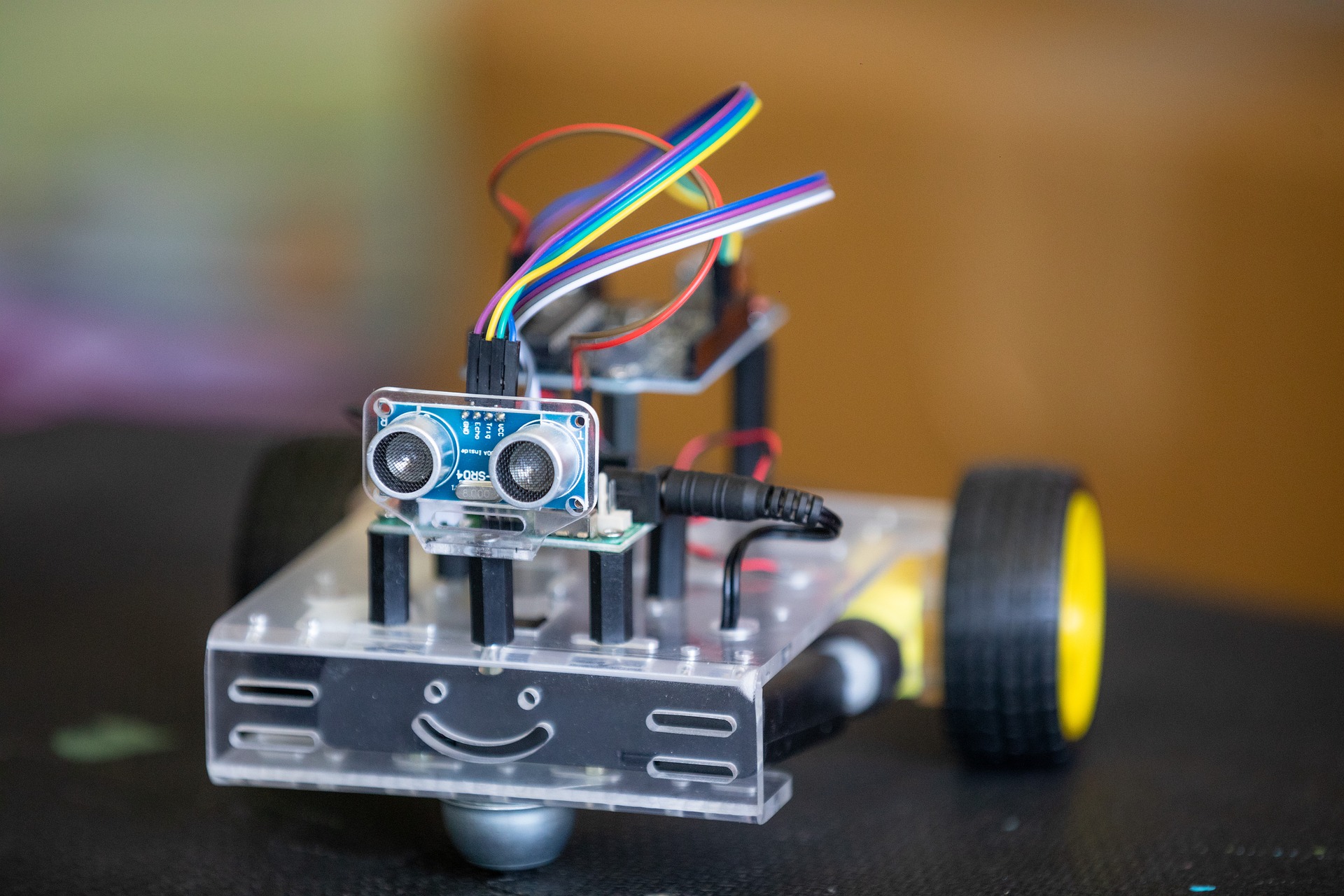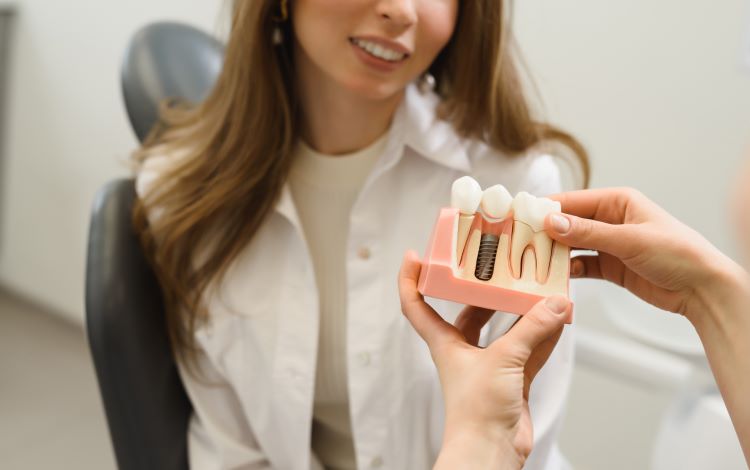The Potential of Biohybrid Robots
Technology and biology are intersecting in new and exciting ways, leading to the emergence of biohybrid robotics. This cutting-edge technology promises not only to revolutionize the way we think about robotics, but also to have far-reaching implications for medicine, environmental science, and more. Read below to discover the astonishing potential of biohybrid robots.

Merging Biology and Technology - The Birth of Biohybrid Robots
Biohybrid robots are an innovative blend of biological and artificial components. Typically, they incorporate living cells, tissues or organisms with electronics to create a hybrid system. These robots exploit the unique properties of biological materials, such as their self-healing abilities and energy efficiency, while also harnessing the power and precision of technology. The result is a new class of robots that could reshape industries from healthcare to environmental cleanup.
The Medical Marvel - Biohybrid Robots in Healthcare
In the healthcare sector, biohybrid robots are anticipated to bring substantial advancements. For instance, they could be used to deliver drugs directly to diseased tissues, significantly improving the effectiveness of treatment while reducing side effects. Alternatively, they might serve as microscopic surgeons, capable of performing delicate operations from within the body. With further research and development, the medical applications of biohybrid robots are potentially limitless.
Eco-Warriors - Biohybrid Robots for Environmental Remediation
Biohybrid robots also hold promise for environmental remediation. For example, they could be engineered to remove plastic waste from the oceans or to neutralize hazardous substances in polluted areas. These robots could exploit the natural abilities of certain organisms to break down harmful materials, while also leveraging technology to efficiently locate and treat areas of concern.
Not Just Science Fiction - Current Developments in Biohybrid Robotics
While biohybrid robots may sound like science fiction, significant progress has already been made in this field. Researchers have created biohybrid robots that can swim, crawl, and even grasp objects. These early prototypes demonstrate the potential of this technology and pave the way for more complex and functional biohybrid robots in the future.
Challenges and Ethical Considerations
Despite the exciting potential of biohybrid robots, there are also significant challenges and ethical considerations. The integration of biological and artificial components raises questions about the definition of life and the rights of biohybrid entities. There are also technical hurdles to overcome, including the difficulty of maintaining living cells in a robotic system.
Useful Tips and Facts
- Biohybrid robots could revolutionize healthcare by delivering drugs directly to diseased tissues or performing microsurgery.
- They also hold promise for environmental remediation, such as removing plastic waste from the oceans.
- Significant progress has already been made, with researchers creating biohybrid robots that can swim, crawl, and grasp objects.
-
There are also ethical and technical challenges to consider, including the definition of life and the maintenance of living cells in a robotic system.
Biohybrid robots represent an exciting intersection of biology and technology. By integrating living materials with electronics, researchers are creating a new class of robots that could have far-reaching implications for healthcare, environmental science, and more. While there are significant challenges and ethical considerations, the potential of these innovative machines is truly astonishing. As we continue to push the boundaries of technology, the future of biohybrid robotics promises to be a fascinating journey.






